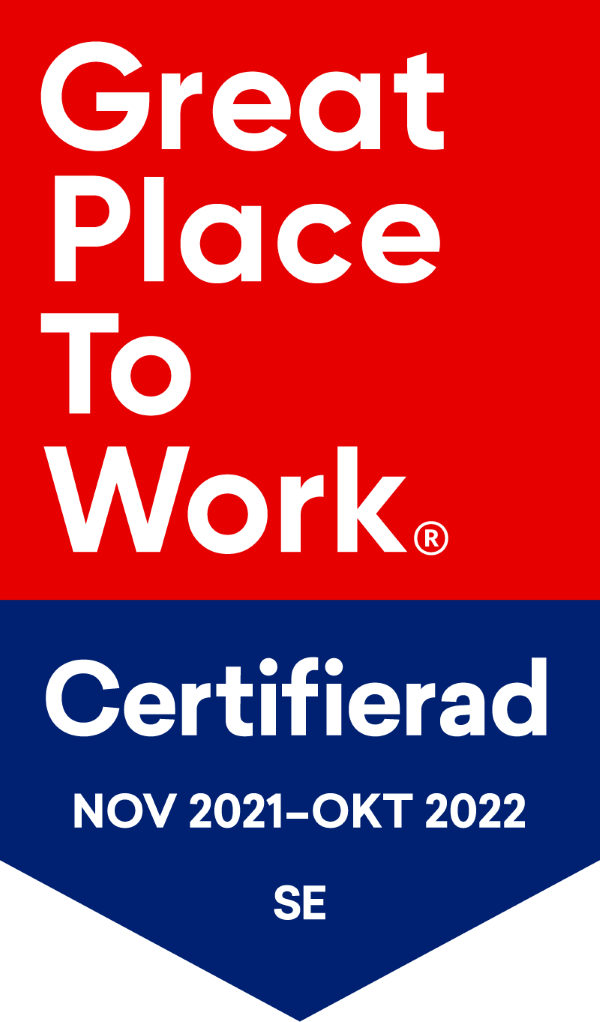IT Asset Management: Mobile Device Management Explained (MDM)
As the modern corporate landscape has evolved through the years the number of mobile devices has rapidly increased. Some research suggests that almost three quarters of internet users will access the internet solely via their smartphones by 2025. Globalization and current international supply chains also means that more mobile devices are on the move than before. Combining these factors makes the importance of mobile device management obvious.
What is Mobile Device Management (MDM)?
Mobile device management deals with developing and implementing a strategy and a set of policies that help monitor, manage and secure an organization’s mobile devices. Mobile devices are usually defined as smartphones, laptops and tablets that are used to conduct business in the organisation. Mobile device management is usually a part of a larger Enterprise mobility management (EMM).
Why is Mobile Device Management Important?
An MDM strategy helps organizations provide access and security for corporate owned data and information to its employees. Optimizing the functionality and security of mobile communications while minimizing cost and management. A well thought out MDM strategy can reduce both support costs and business risks that may arise from the use of mobile devices.
Creating a Mobile Device Management strategy
The strategy depends a lot on the organization’s approach to mobile devices. Creating a strong mobile device policy is the first step. This policy should cover appropriate device uses, whitelisted and blacklisted applications, security policies for Wi-Fi access and authentication and policies regarding sensitive company data. Device ownership is also essential and there are a couple of different approaches to take such as:
Bring-your-own-device (BYOD): Employees are allowed to use personal devices for work.
Choose-your-own-device (CYOD): Employees can choose a company owned device for work purposes.
Corporate-owned, personally enabled (COPE): Employees can choose a company-owned device from an approved list and use their own apps as well as corporate apps on the device.
Hybrid approach: The most complex approach is providing a combination of the policies above for different users and groups. However it also offers the greatest employee empowerment and flexibility
There are pros and cons to each approach and it all boils down to the needs and wants of the organization. A BYOD approach may help reduce costs compared to COPE and CYOD where the company fully pays for the device and its data usage. But a BYOD policy might need stricter guidelines in regards to privacy and data security.
Finally, do remember that a MDM strategy is not static and that devices and applications change rapidly. Regularly review policies to keep up with changes and improvements that may have occurred.
What is an MDM solution?
There are of course several tools and software out on the market one can use in order to deploy and implement one’s MDM strategy. Available functionality may differ from one solution to another, however, there are some core functions that should be found in most MDM solutions.
- You should be able to remotely configure multiple end-user devices to a consistent standard. This standard can for example consist of device configuration policies or security & corporate data management policies.
- You should be able to remotely update & reconfigure devices in a time-efficient and scalable manner. This can mean distributing a new set of applications, data, updates or configuration settings to multiple devices in a timely manner.
- You should be able to monitor and track devices remotely. This can mean knowing the physical location, knowing where it was last used or who the owner of the device is.
- You should be able to efficiently troubleshoot equipment remotely.
Common features in MDM solutions
Most MDM solutions have the ability to set up policies, standards or rules that are automatically applied on the devices. Policies can usually be put into one of two categories, security or automation.
Security policies are put in place to reduce the risk of data breaches and sensitive information fallin into the wrong hands. Examples of security policies can be the following: restricting access to certain enterprise applications if the user is connected to a public Wi-Fi or if the user has not updated/patched their device in a while. Other examples can be enforcing encryption on the device or requiring some form of end-point protection software. Implementing strong security polices is critical for organizations that allow their employees to bring personal devices to work with a BYOD policy.
MDM solutions also allow for a great deal of automation and workflow optimization. Automation policies essentially allow you to eliminate the occurrence of repetitive time-consuming tasks. This can be configuring the Wi-Fi setting of a new device or distributing an update to multiple devices with a few simple clicks.
MDM Solutions & Vendors
There are a myriad of vendors and solutions currently out on the market trying to capitalize on the growing need for mobile device management. Some of the more common solutions are:
- IBM MaaS360
- Citrix Xenmobile
- VMware AirWatch
- Soti MobiControl
- MobileIrons UEM
- ManageEngine Mobile Device Manager Plus
- Jamf Pro (Apple Only)
- Microsoft Intune
MDM solution pricing
MDM solutions are often priced on a per-device or per-user basis. Large organisations whose employees utilize multiple mobile devices in their day to day work can achieve substantial savings by opting for a per-user while smaller organisations often can lower cost by choosing the per-device basis
Prices vary and volume licensing prices are rarely published, but studies have shown that small businesses often pay far more for the same set of features. Therefore, the size of the organisations and the size of the contract can affect the final price greatly. Another factor affecting the price is the number of features used. That’s why we might find organisations paying everything from $2.00 – $10.00 per-user/device.
3 Common MDM Challenges
Unmanageable diversity
The downsides of a BYOD policy is the unmanageable diversity of devices that can arise. Complicating and slowing down re-configuration and maintenance efforts. Mitigate this risk by limiting the type of mobile devices your company supports. The granularity of restrictions depend solely on the resources & time available in the IT department.
Lack of communications
Many failed implementations efforts all come down to poor communication. Organizations need to be aware of the nuances in the workplace and understand that different employees have different needs. Providing guidance and helping employees truly understand how data can be accessed, stored and used is vital to a successful implementation. Training and education on proper use should however be continuous as the IT landscape is constantly changing.
Lack of planning och research
Make sure that you map and understand the needs of your employees and business properly before diving head first into establishing a strategy for mobile device management. Before deciding for a solution, make sure that the solution offers the integrations, granularity, and range of features you need to implement your strategy.
Learn More
Subscribe to our Newsletter
Let us share product updates, news, and market insights directly to your inbox.


